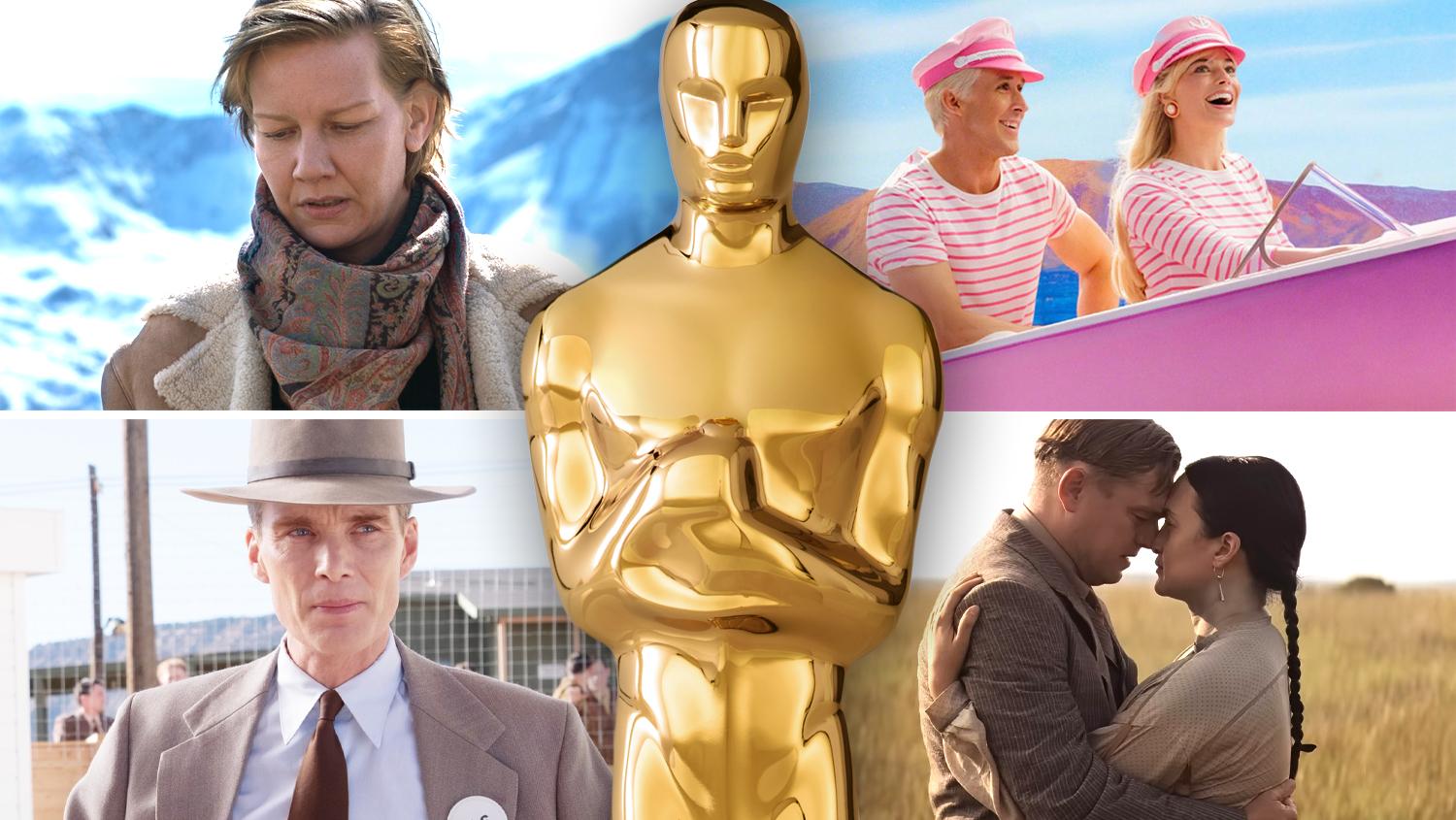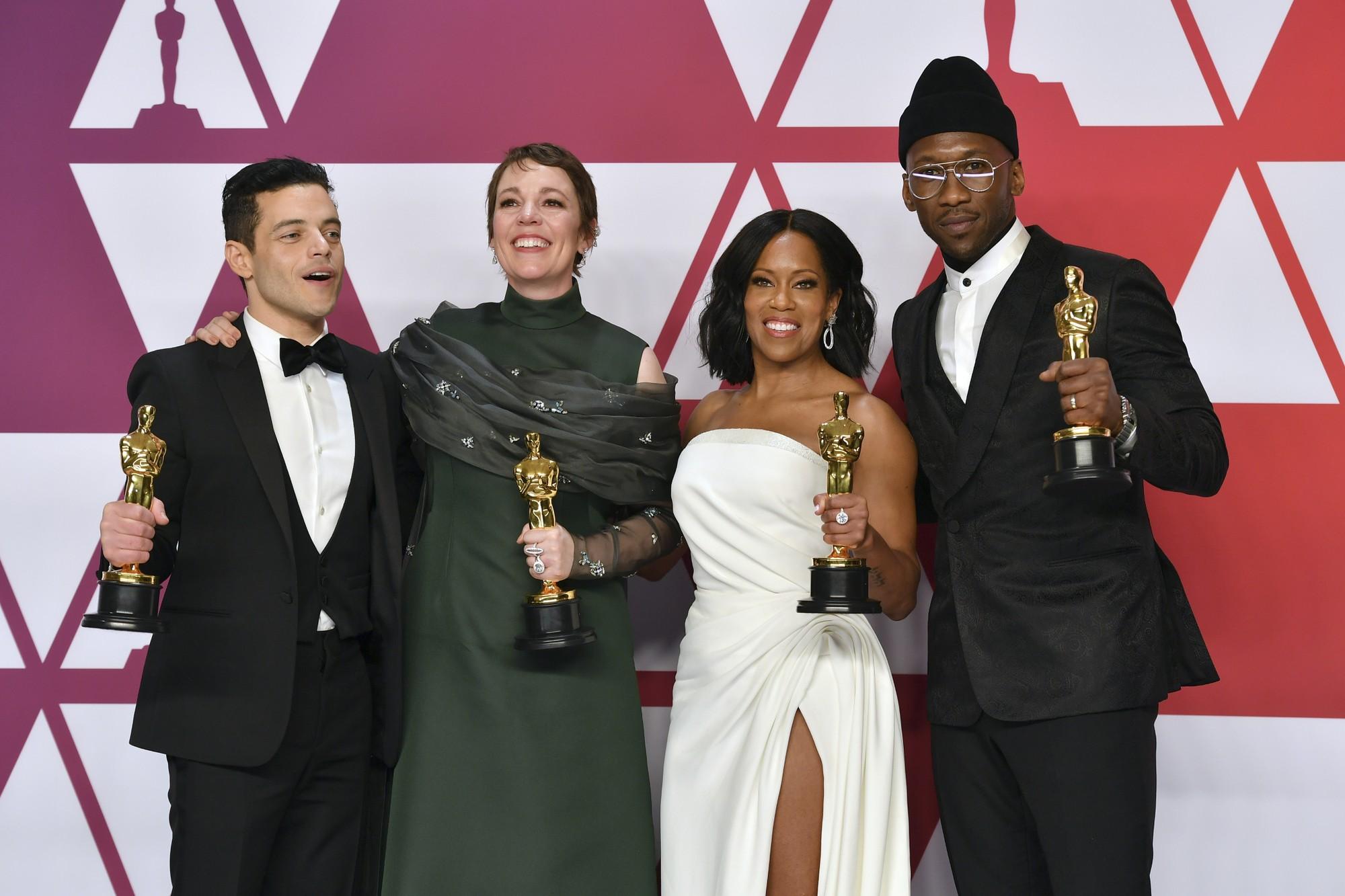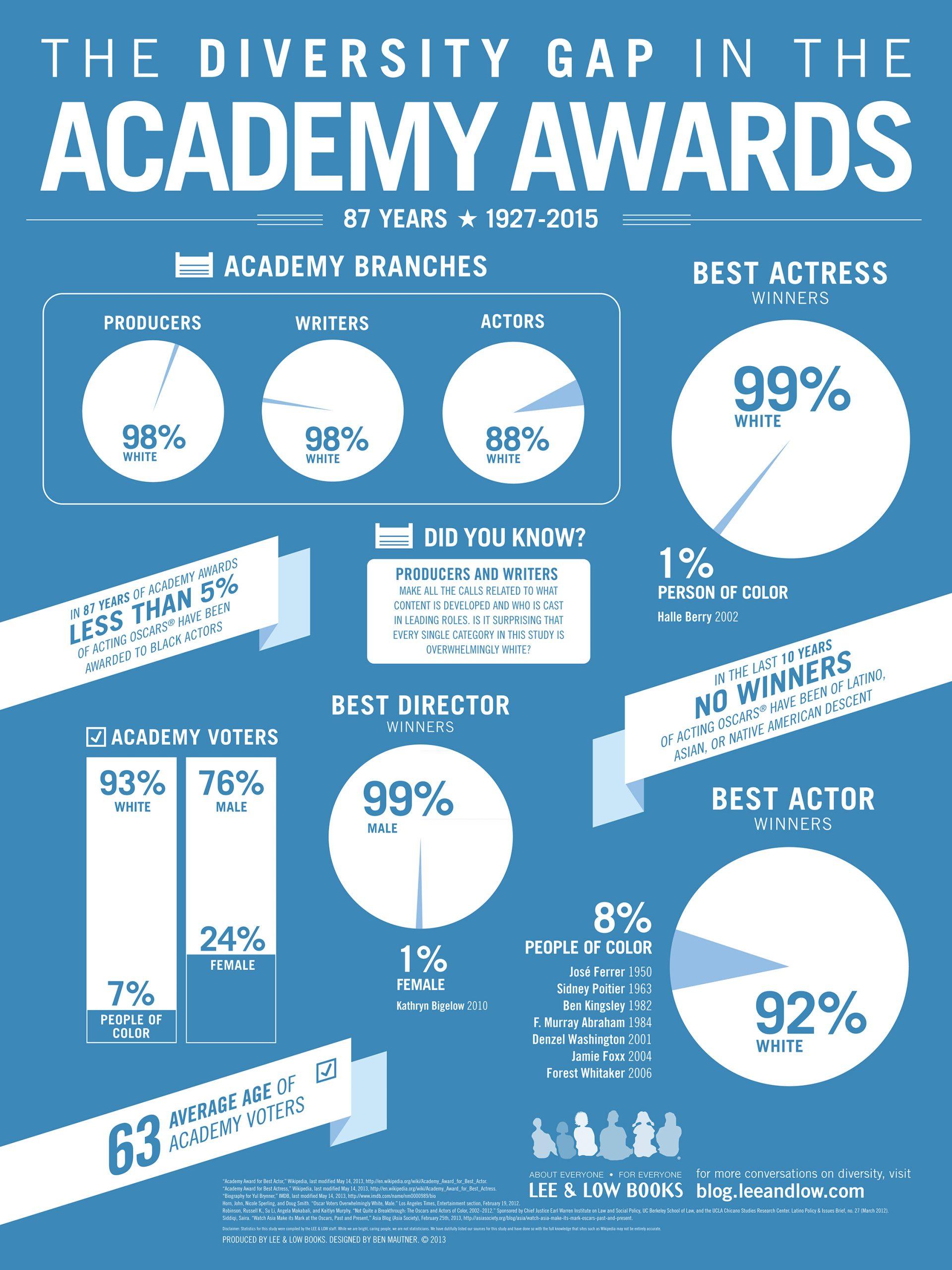In recent years, the Academy Awards, commonly known as the Oscars, have faced increasing scrutiny over their lack of diversity, sparking widespread debate and prompting the popular hashtag #OscarsSoWhite. Despite initiatives aimed at broadening representation, questions persist about whether these efforts have led to meaningful change or if the industry remains entrenched in its historical biases. This article delves into the current state of diversity within the Oscars, examining statistical trends, industry practices, and the broader cultural implications. By analyzing the progress made and the challenges that endure, we aim to provide a comprehensive overview of the ongoing discourse surrounding diversity in one of Hollywood’s most prestigious institutions.
Assessing Historical Patterns and Current Trends in Oscar Nominations
The analysis of historical patterns in Oscar nominations reveals a longstanding challenge with diversity, which has persisted despite increasing awareness and advocacy. Over the decades, nomination trends have often favored specific demographics, with a noticeable underrepresentation of minorities and women. This trend has led to movements like #OscarsSoWhite, highlighting the need for greater inclusivity. By examining the data from past ceremonies, it’s evident that while there have been incremental changes, the progress remains slow and uneven.
In recent years, there has been a slight shift as the Academy has made efforts to diversify its membership and acknowledge a broader range of films. However, current trends still show disparities, such as:
- Continued underrepresentation of women in directing and technical categories.
- Limited nominations for films featuring diverse casts, despite critical acclaim.
- Bias towards traditional narratives and genres, often sidelining stories from diverse perspectives.
These patterns suggest that while the Oscars have made some strides, the industry still faces significant challenges in achieving true diversity and representation. The ongoing scrutiny and calls for change may yet shape a more inclusive future, but the journey is far from complete.

Evaluating the Impact of Diversity Initiatives on the Film Industry
The film industry has seen a myriad of diversity initiatives over the past decade, aiming to address the glaring disparities highlighted by movements such as #OscarsSoWhite. Yet, the impact of these initiatives remains a subject of intense scrutiny and debate. Has the industry truly moved the needle towards genuine inclusivity, or do these efforts serve more as a veneer of progress? The effectiveness of these programs can be measured through several lenses, including the representation of marginalized communities in front of and behind the camera, the breadth of stories being told, and the diversity of decision-makers in influential roles.
- Representation in Films: While there has been a noticeable increase in the visibility of diverse actors in leading roles, questions persist about the depth and authenticity of these portrayals.
- Behind-the-Scenes Inclusion: Initiatives have made strides in promoting diverse voices in directing, writing, and producing. However, the industry continues to grapple with systemic barriers that limit the scope of these opportunities.
- Institutional Change: The power structures within major studios and award bodies are gradually evolving, yet the pace of change often feels glacial, leaving many to wonder if these efforts are sufficient to dismantle long-standing biases.
These elements highlight a complex tapestry of progress and persistent challenges. While there are promising signs of change, the question remains whether these initiatives can catalyze a lasting transformation in an industry historically resistant to such shifts.
Analyzing the Role of Industry Gatekeepers in Shaping Award Outcomes
- Industry Gatekeepers: The influence of industry gatekeepers, such as producers, directors, and studio executives, is pivotal in shaping the landscape of award outcomes. These individuals hold the reins of decision-making, determining which projects receive the green light and ultimately gain visibility in award circuits. The power they wield can often reflect entrenched biases, consciously or unconsciously, that shape the diversity—or lack thereof—within the nominees and winners.
- Selection Committees and Voting Bodies: The composition of selection committees and voting bodies plays a critical role in shaping award outcomes. Historically, these groups have been criticized for lacking diversity, leading to a narrow perspective on what constitutes award-worthy performances and stories. Efforts to diversify these committees are underway, but the pace of change is gradual, and the impact on award results remains a subject of ongoing scrutiny.
- Media and Public Perception: Media narratives and public perception further influence the decisions of industry gatekeepers. Films and performances that receive significant media attention and public support are more likely to catch the eye of those in power, yet these narratives can be shaped by existing biases and stereotypes. The cycle of media coverage and gatekeeper decisions can perpetuate a lack of diversity in award outcomes unless consciously disrupted.

Proposing Strategic Approaches to Enhance Inclusion and Representation
Addressing the longstanding issue of diversity at the Oscars requires a multifaceted strategy that encompasses both structural changes within the Academy and broader industry practices. Promoting inclusion can begin with revising the membership criteria to ensure a more diverse voting body. This could involve actively recruiting members from underrepresented communities and offering mentorship programs to foster a new generation of diverse voices within the Academy. Furthermore, implementing blind voting processes could help mitigate unconscious biases, allowing films and performances to be judged on their merit alone.
In addition to these internal reforms, the film industry must also prioritize diverse storytelling from the ground up. This can be achieved by supporting films that reflect a wide range of perspectives and experiences. Encouraging studios to invest in projects led by minority filmmakers and featuring diverse casts can help shift the narrative landscape. Collaboration with grassroots organizations that champion diversity in film can also amplify efforts to create an industry that truly represents the global audience. By taking these strategic steps, the Oscars and the broader film industry can move towards a future where inclusion and representation are not just goals, but realities.
